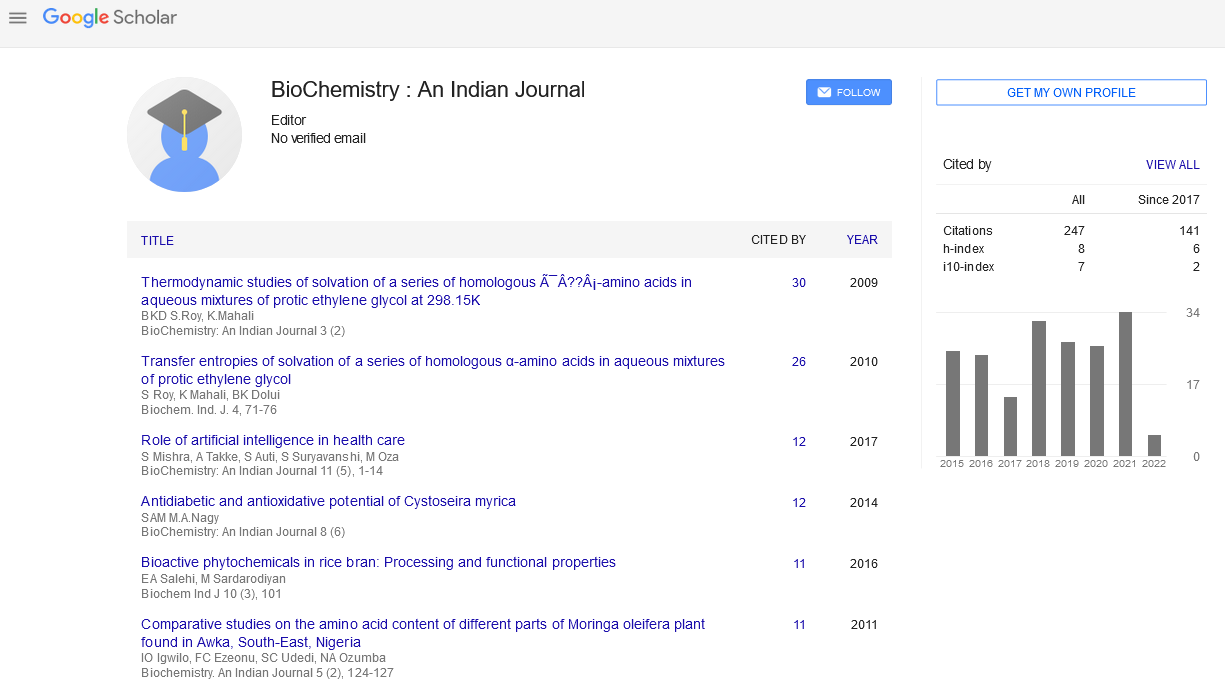Abstract
Evaluation of classification methods in durum wheat
Author(s): S.├?┬?.Kotzamanidis, A.Mavromatis, A.Korkovelos, V.Greveniotis, D.Hasioti, C.G.IpsilandisIn this study, evaluation of classification methods in durumwheat involved cluster analyses on data from RAPD and SSR techniques, morphological characteristics according to CPVO and various agronomic characteristics, including yield.Molecular methods exhibited the greatest r-coefficient (r= 0.499). The SSRmethod showed a satisfying correlation to agronomic data (r= 0.439). Field methods exhibited a lower correlation (r= 0.395). CPVO method showed no correlation tomolecularmethods. Electrophoregrams of the gliadin proteins showed that the first step for selecting promising varieties is the presence (in both parents of a cross) of band 42.All the methods had errors in estimating genetic distances between all the possible pairs of the varieties used, since in many cases, closely related varieties showed great genetic distances and the opposite, not related varieties showed low genetic distances. For this, it is obvious that none of these methods alone could predict the promising crosses. If the relation of the varieties is known frompedigree records, then data fromthe methods used may become satisfactory reliable. In combination to quality data from electrophoregrams of the gliadin proteins, these data are very useful for parent selection. SSR and agronomicmethodsweremore capable for discovering of promising crosses. SSR method seems to be more effective than agronomic method, since easily and rapidly a breeder may have data that could indicate the most promising parents, while in our study, CPVO and RAPD data proved less effective.

